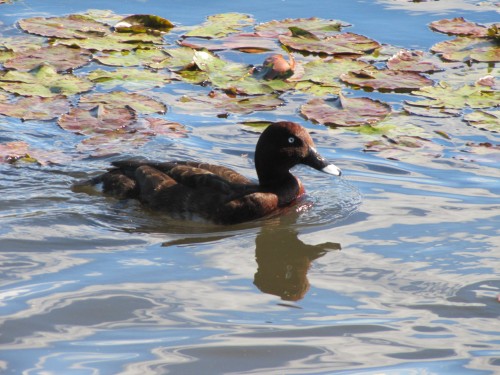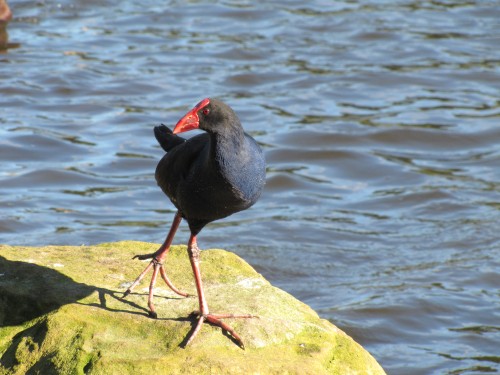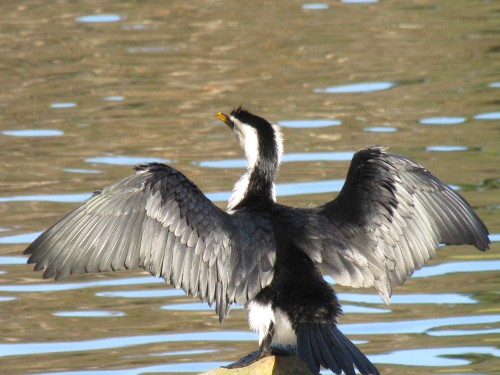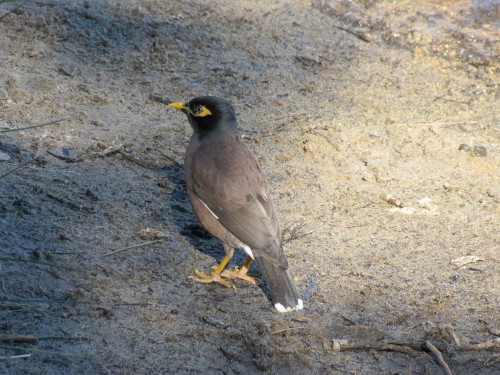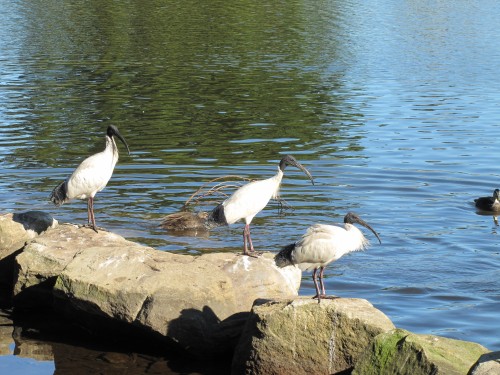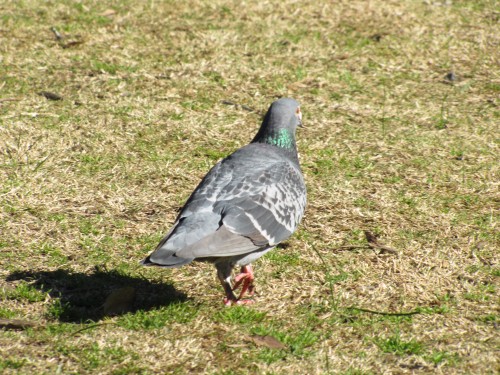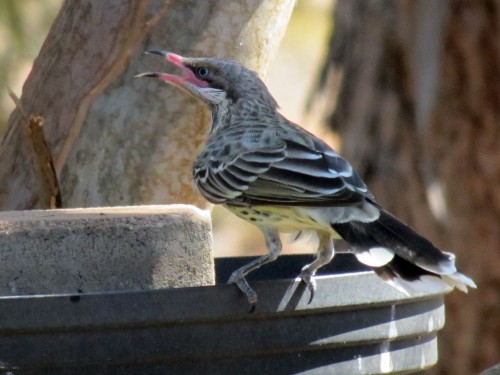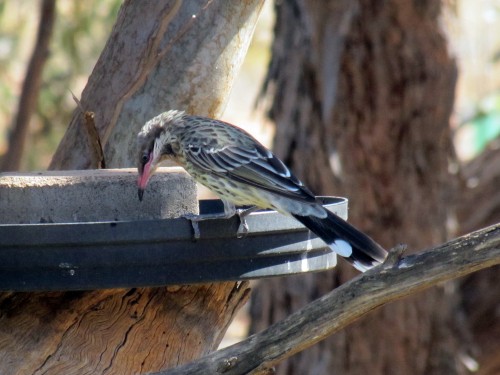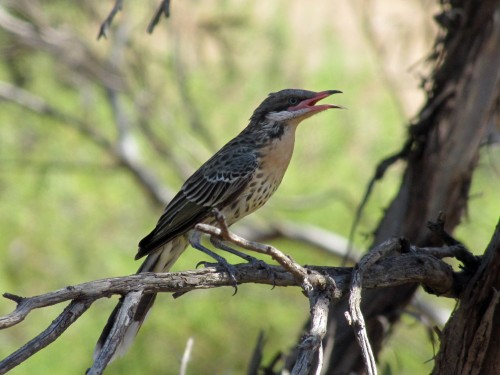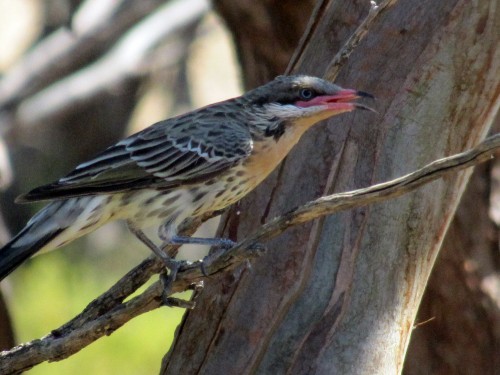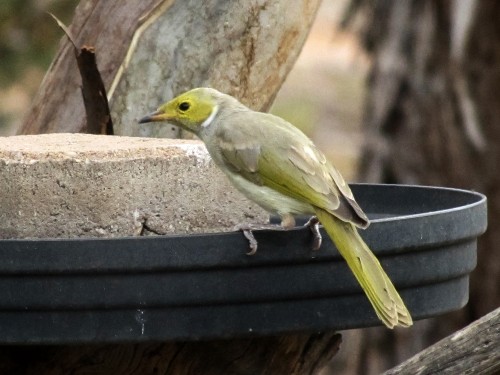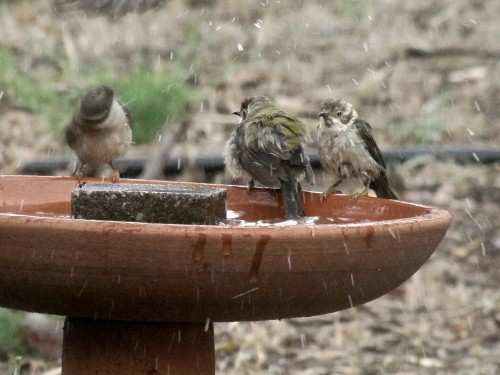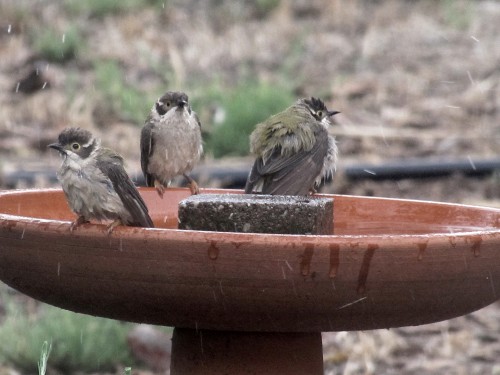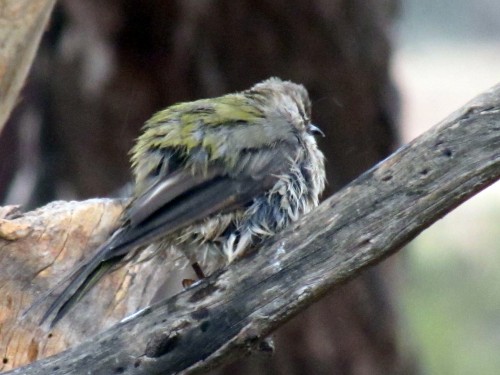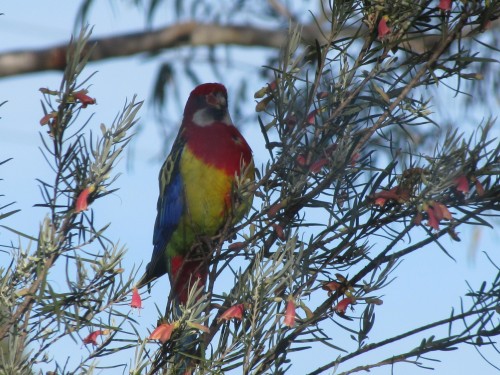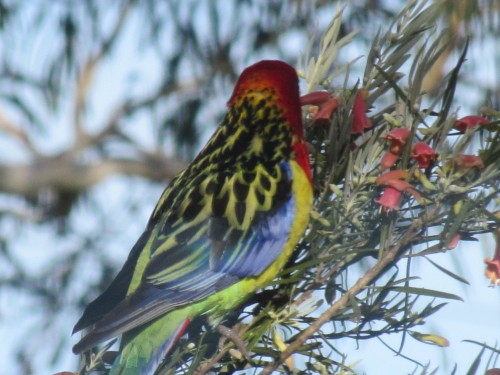Some birds of Centennial Park in Sydney
On our last day in Sydney earlier this year we went with our son and his family to a picnic at Centennial Park, south of the CBD. They were meeting with some of their friends. It was a Sunday and the weather was perfect: a bright, cloudless sky and a gentle breeze. Many other Sydney residents thought so too, and so the park was very crowded.
We had planned to meet near the playground, seeing that children made up half our number. I was on our third circuit of the road through the park when a space opened up about 100 metres from the group. I really think that Centennial Park could do with three or four decent playgrounds scattered in different sections, instead of just one tucked away in a corner with limited parking. Just saying.
As we ate our lunch and chatted I kept an eye scanning the park and the sky for birds. As the afternoon wore on I managed quite a respectable list of species. My camera was also kept handy, focussing particularly on those species which were quite at home mixing with the human visitors. Many times we had to shoo away the White Ibises and Noisy Miners attempting to raid our friends’ picnic food when they were too busy talking, or were watching the children play.
Later in the afternoon I took a short walk towards a nearby small lake. (There are about 9 of these of varying sizes.) It was here that I managed a few extra photos, mainly of water birds. It was a wonderful conclusion to four lovely weeks staying with our son and his family.
The following photos are just a sample of those taken. I’ll share more tomorrow.
Spiny-cheeked honeyeater on a hot day
On any given hot day in our garden there is a constant stream of birds coming in to drink from our various bird baths. Even on mild days we can be entertained for hours at a time watching the parade of birds as we sit in our sun room just a few metres from several of the bird baths. It is a wonderful distraction – but not so good when I have a writing deadline to meet.
About a half dozen honeyeater species come to the water on a regular daily basis, including the Spiny-cheeked honeyeater shown in today’s series of photos. The individual shown in the photos looks particularly stressed by the heat. We’ve had a record breaking series of hot days and heat waves this summer and the heat really takes its toll on our bird life.
I’ve said it on a number of occasions on this site before: the one really positive thing you can do to encourage birdlife in your garden is to provide fresh water for them to drink and bathe. Be sure to keep the container clean and topped up daily using fresh water. Forget feeding them; this is discouraged in Australia (for a whole range of reasons), but provide water and plenty of it.
There are several benefits:
- It helps the birds to survive on hot days.
- It attracts more birds to your garden.
- It helps you to observe them at close range and if seen through a window nearby, the birds are completely safe.
- The birds really do enjoy it.
White-plumed Honeyeater up close
One of the facilities on my camera (a Canon PowerShot SX20 IS) that I appreciate is the ability to zoom in on birds from a distance. This shot of a White-plumed Honeyeater at one of our bird baths is a case in point. The photo was taken from our sun room at a distance of about 9 metres – I just went outside to step it out!
The zoom allows me to get close up shots like this while keeping a distance from the birds so as not to disturb them too much as they go about their everyday lives. In this case I had the added bonus of being inside the house shooting through a large glass window overlooking the garden. The room acts a bit like a bird hide.
While this is not a brilliant photo – the focus could be sharper – I still find it satisfying to get up lose and personal with our bird life.
Is that a sprinkler?
Our bird baths are very popular with the local resident species, especially on hot days like we have been experiencing here in South Australia this record breaking summer. On the hot days there is a constant stream of birds drinking and bathing.
Some species, like the Brown-headed Honeyeaters shown in today’s series of photos, are no exception. They often come in groups of up to a dozen, sometimes more. When several of them get in and splash around in the cooling water, it looks for all the earth like someone has switched on a sprinkler. Water goes flying in all directions as the birds take on a whirr of activity. Haven’t they heard about conserving water?
And after the drenching bath they retire to a nearby branch to preen and get all those ragged feathers back in line again. No wonder we enjoy watching them so much!
Get out of my patch
We normally have a few Mallee Ringneck parrots hanging around somewhere on our 5 acre property. In the last few years we have also had one Eastern Rosella keeping them company. We don’t see it every day but frequently enough to keep us happy – after all, it is a handsome looking bird.
This particular parrot has taken a liking to the flowers of several of our Eremophila youngii bushes – you can see the flowers in today’s photos. All the bushes have a pink carpet of flowers surrounding their trunks.
Earlier this week we were enjoying watching the rosella eating while we had our breakfast. A sudden flurry of flapping wings and snapping beaks and the parrot flew off at full speed – its tail closely pursued by an very aggressive Red Wattlebird which in turn was followed by a New Holland Honeyeater.
Both of these honeyeater species spend large proportions of their day also feeding on the flowers, so they seemed to be objecting to this interloper elbowing in on their patch. In reality, while both honeyeater species feed on this bush, neither tolerates the other for more than a few seconds. It is an all out territorial war.
And I forgot to mention that both honeyeater species are in breeding mode, so their tolerance level is at its lowest at this time of the year.
Further reading:
